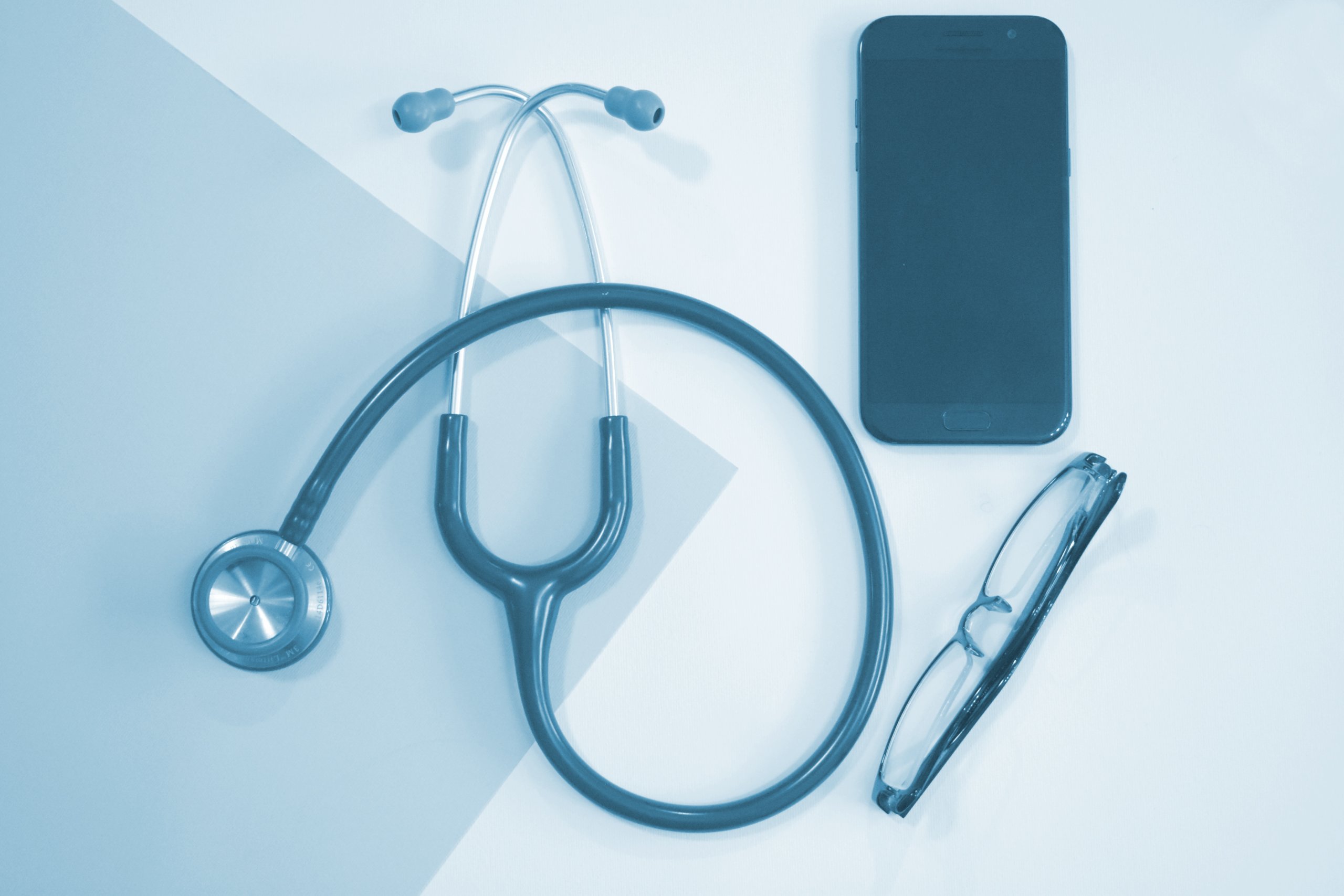
The future of healthcare involves a combination of technologies that must work collaboratively to improve the patient’s health. These technologies include artificial intelligence (AI), the Internet of Things (IoT), and wearables, among other innovations. And wearables are already taking the lead.
Wearables by Apple and Fitbit work remotely to log your steps, keep a record of your exercise history, and monitor ongoing issues. This keeps patients healthier and lowers healthcare costs over time. In the future, these wearables will send progress reports to your doctor(s) and update your medical charts as needed.
Recently, Apple announced it’s running a Heart Study with Stanford University’s School of Medicine, located just outside of San Francisco. Using Apple Watch heart rate data from over 400,000 patients, the researchers have been analyzing and monitoring heart rates since November 2017. The study also alerts doctors to irregularities in heart rate and rhythm.
Apple’s Promising Algorithms
One of the Apple Watch’s most prominent features is its heart rate and rhythm tracking. The wearable can identify atrial fibrillation (AFib), a condition that affects 2.7 to 6.1 million people and an additional 700,000 people without an official diagnosis. AFib can become dangerous very quickly because its symptoms often don’t manifest daily.
Because of the widespread nature of this condition, 750,000 people are hospitalized and 130,000 people die from AFib annually, according to the CDC.
In the study, the Apple Watch checks the user’s heart rate intermittently. The app sent a notification to schedule a consultation with a doctor from the study when the user’s heart rate was shown to be irregular. The app then enabled the ambulatory electrocardiography (ECG) feature, which recorded heart rhythms for a week.
When comparing Apple Watch’s results to ECG recordings, the Apple Watch’s algorithm had a 71% positive predictive value. And when the Apple Watch detected AFib, it was correct 84% of the time. 57% of patients who received the AFib notification on their Apple Watch ultimately visited a doctor for a check-up.
A Better Approach
Lloyd Minor, M.D., the Dean of the Stanford School of Medicine, believes these early results are very promising. He says, “The results of the Apple Heart Study highlight the potential role that innovative digital technology can play in creating more predictive and preventive health care. Atrial fibrillation is just the beginning, as this study opens the door to further research into wearable technologies and how they might be used to prevent disease before it strikes—a key goal of Precision Health.”
In pursuing the Heart Study, Apple and Stanford University want to see how wearable MedTech apps can contribute to remote monitoring for patients. Out of nearly 420,000 patients studied by the researchers, only 2,116 (about 0.5%) of patients got an AFib notification.

Marco Perez, M.D., is an associate professor of cardiovascular medicine at Stanford University. He says this technology can only get better over time: “The performance and accuracy we observed in this study provide important information as we seek to understand the potential impact of wearable technology on the health system. Further research will help people make more informed health decisions.”
Healthcare Anytime
As wearable technology continues to evolve, MedTech experts and healthcare professionals alike worry about over-notifying patients about their health. This can cause patients to worry needlessly about their health, contact their doctor to run tests, and waste healthcare and insurance money.
The Apple Watch isn’t just a portable AFib tracker for the user. It’s jam-packed with features, including fall detection, breathing exercises to calm the user, an emergency SOS signal, and an ECG reader. These tools can save lives in a split second, and they’ll serve as the foundation for new, competing healthcare wearables.
The gold-standard ECG relies on a 12-lead test consisting of wires and electrodes. The test is usually administered by medical professionals. Apple Watch’s ECG functions by forming a circuit: the back of the watch makes contact with your left wrist, and you touch the watch’s crown with a finger of your right hand. By measuring the electrical activity in this quick circuit creation, Apple’s ECG checks if the upper and lower chambers of your heart are in rhythm.

All Stakeholders Must Be Onboard for Wearables Adoption
But it isn’t just patients who must get on board the wearable train. Doctors, insurance companies, and pharmacists must also jump in head-first. However, research shows this isn’t trending in the right direction.
In a survey by Jabil, 51 percent of respondents believed that getting doctors and patients onboard to try and adopt new devices was incredibly difficult. 30 percent admitted that the healthcare industry, in general, has always been slow to adopt new technologies. Besides this, 43 percent also stated that regulatory approvals are difficult to receive with new paradigms like wearables. If this wasn’t enough, convincing healthcare payers to invest in new devices is also quite the challenge.
Regarding patients, users seem to be unforgiving in their use of wearables: the current abandonment rate for fitness trackers is 30 percent!
The Future Looks Healthy
IDTechEx forecasts the healthcare wearables market will grow from a value of $20 billion in 2015 to $70 billion in 2025. And Tractica estimates that annual global shipments of healthcare wearables will reach 97.6 million units by 2021—a sharp increase from 2.5 million units in 2016.
Do you have a wearable? What new features do you want to see in future wearables?





